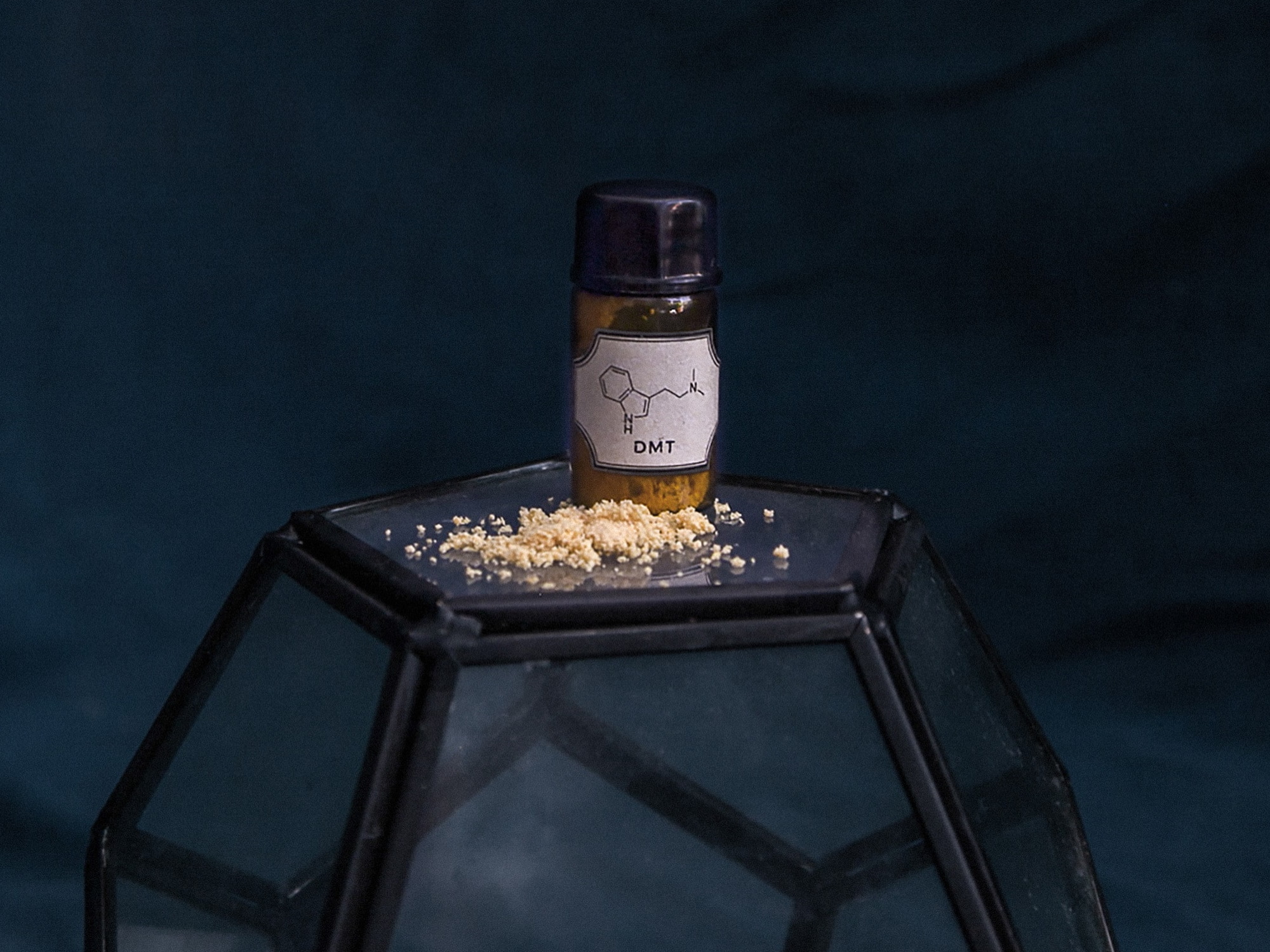SODIUM SUCCINATE USP

What is Lorem Ipsum?
Lorem Ipsum is simply dummy text of the printing and typesetting industry. Lorem Ipsum has been the industry's standard dummy text ever since the 1500s, when an unknown printer took a galley of type and scrambled it to make a type specimen book. It has survived not only five centuries, but also the leap into electronic typesetting, remaining essentially unchanged. It was popularised in the 1960s with the release of Letraset sheets containing Lorem Ipsum passages, and more recently with desktop publishing software like Aldus PageMaker including versions of Lorem Ipsum.
SODIUM SUCCINATE USP
✅ SODIUM SUCCINATE USP – PRODUCT DESCRIPTION
Sodium Succinate USP (Disodium Succinate) is a pharmaceutical-grade compound widely used as a buffering agent, stabilizer, and excipient in injectable formulations and IV solutions. It is also used in food, cosmetics, and biopharmaceuticals due to its excellent solubility, low toxicity, and buffering capacity. We supply USP-compliant Sodium Succinate across USA, Malaysia, Vietnam, and Chile in multiple grade options.
📦 Industries Used In:
-
Pharmaceuticals (injectables, IV fluids, excipients)
-
Food & Beverage (flavor enhancer, acidity regulator)
-
Cosmetics & Personal Care
-
Biotechnology & Biopharma
-
Laboratory & Research
🧪 Available Grades:
-
USP/Pharmaceutical Grade
-
Food Grade
-
Biotech Grade
-
Analytical Grade
⚙️ Functions:
-
Acts as a buffering agent in injectables and oral solutions
-
Used as a stabilizer and excipient in pharma formulations
-
Serves as an acidity regulator and flavor enhancer in food
-
Enhances formulation stability in biopharma and cosmetics
-
Used in buffer preparation for lab and research applications
🧩 Classified Under:
-
Sodium Salts
-
Dicarboxylic Acid Derivatives
-
Buffers & Stabilizers
-
Pharmaceutical Excipients
-
Organic Acid Salts
CAS Number
150-90-3
Formula
C₄H₄Na₂O₄
Molecular Weight
162.05 g/mol
Density
1.76 g/cm³
Gravity
~1.76
Melting Point
> 200 °C (decomposes)